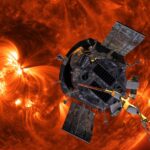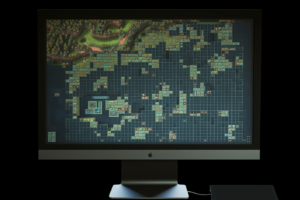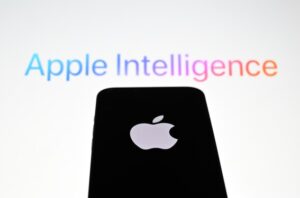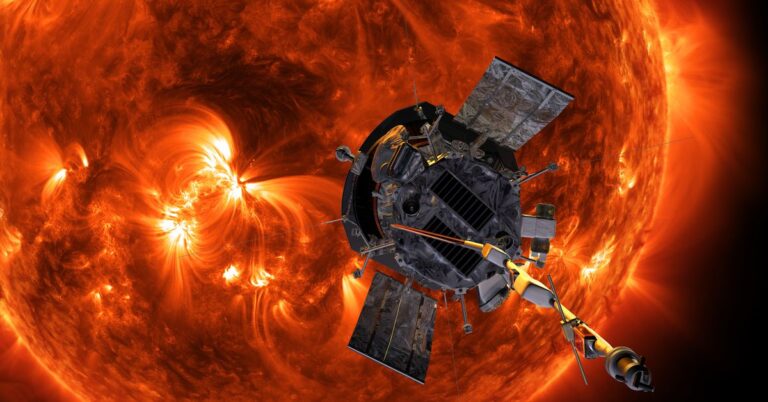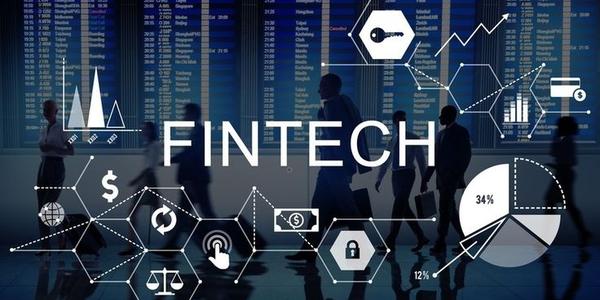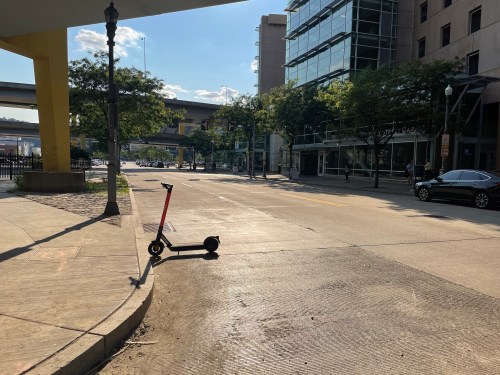Artificial Intelligence (AI) and Geoscience may seem like disparate fields at first glance. One is steeped in the world of algorithms and computational models, while the other delves into the study of Earth and its many phenomena. However, when these two fields intersect, the results can be nothing short of revolutionary. This is the exciting crossroads where we find ourselves today, as AI technologies are increasingly being applied to geoscience, opening up new possibilities for understanding and interacting with our planet.
The Advent of Large Language Models (LLMs)
One of the most transformative developments in AI in recent years has been the advent of Large Language Models (LLMs). These are AI models designed to understand, generate, and engage with human language in a way that is remarkably similar to how humans do. They are trained on vast amounts of text data, learning patterns, structures, and nuances of language that enable them to generate coherent and contextually appropriate responses.
The K2 Language Model, a large language model specifically designed for geoscience, represents a significant leap forward in the application of AI to geoscience. LLMs have been successfully applied in various fields, including natural language processing, machine learning, and computer vision. The potential applications of LLMs in geoscience are vast, from predicting natural disasters to interpreting complex geological processes.
The Potential Applications of LLMs in Geoscience
From predicting natural disasters to interpreting complex geological processes, the applications of AI and LLMs like K2 in the field of geoscience are diverse and transformative. Some potential applications include:
- Predicting natural disasters such as earthquakes, landslides, and tsunamis
- Interpreting complex geological processes such as plate tectonics and sedimentation
- Analyzing large datasets to identify patterns and trends in geological phenomena
- Developing new technologies for exploration and exploitation of natural resources
The Future of AI in Geoscience
The development of the K2 model, the GeoSignal dataset, and the GeoBenchmark represents a seismic shift in the field of geoscience. By harnessing the power of AI, we are opening up new avenues for understanding and interacting with our planet.
The potential impact of AI and LLMs like K2 in the field of geoscience is immense. From predicting natural disasters to interpreting complex geological processes, the applications are as diverse as they are transformative. But perhaps the most exciting aspect of this development is the potential for democratizing geoscience. With tools like the K2 model, complex geoscience knowledge can be made accessible to a wider audience, fostering greater understanding and appreciation of our planet.
Conclusion: The Next Frontier
Looking at the groundbreaking K2 Language Model, the GeoSignal dataset, and the GeoBenchmark, it’s clear that we’re standing on the brink of a new frontier in geoscience. The intersection of AI and geoscience is not just a meeting point of two fields; it’s a launching pad for a new era of exploration and understanding.
The K2 model, with its impressive 7 billion parameters and fine-tuning with the GeoSignal dataset, represents a significant leap forward in the application of AI to geoscience. The GeoBenchmark serves as a yardstick for progress, providing a clear measure of the model’s effectiveness and guiding future development.
For those interested in exploring this exciting field further, I recommend delving into the original research paper: ‘Learning A Foundation Language Model for Geoscience Knowledge Understanding and Utilization’. This paper provides a comprehensive overview of the K2 model, the GeoSignal dataset, and the GeoBenchmark, and offers a deeper dive into the exciting possibilities of AI in geoscience.
References
- ‘Learning A Foundation Language Model for Geoscience Knowledge Understanding and Utilization’ – https://paperswithcode.com/paper/learning-a-foundation-language-model-for
- K2 model code: https://github.com/davendw49/k2




